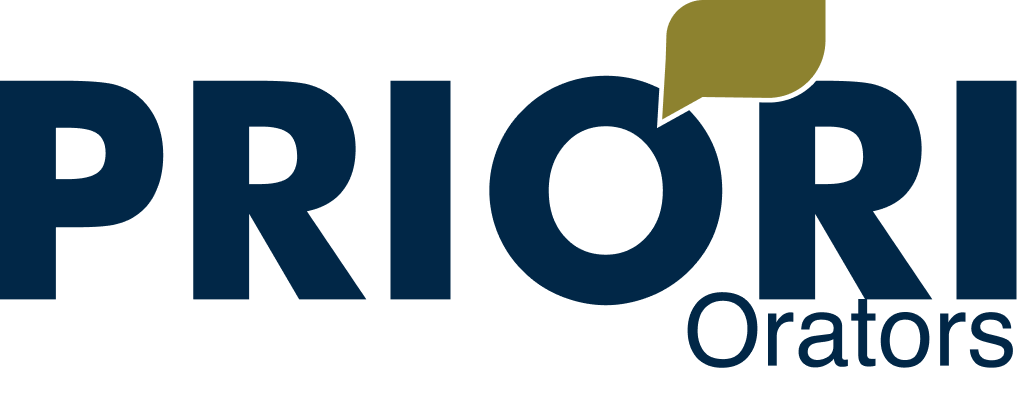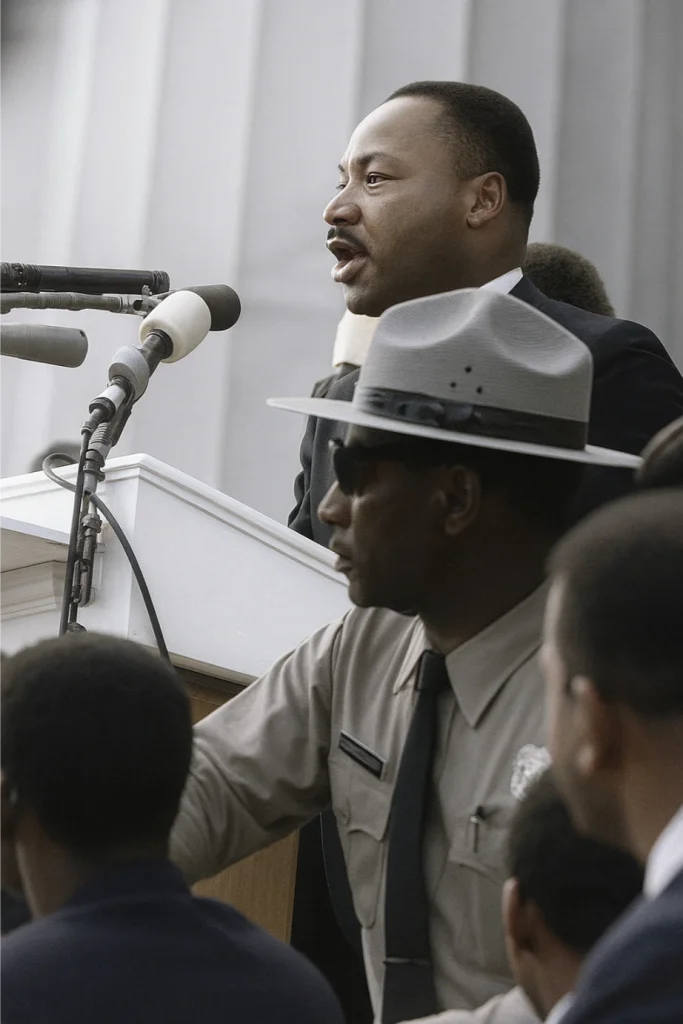In an age dominated by instant messaging, tweets, and livestreams, where words travel faster than ever but often lack depth, it’s worth pausing to reflect on how humanity communicated before the digital era. What did people rely on when there were no smartphones, no internet, and no social media? Enter the homing pigeon: nature’s very own courier, a silent messenger whose legacy offers timeless lessons for anyone striving to master the art of effective communication.
Let’s dive into their remarkable story and uncover how these feathery messengers hold the key to clarity, trust, and adaptability—qualities that remain just as essential in our digitally driven world.
The Forgotten Heroes of Communication
Long before emails replaced handwritten letters and emojis substituted for words, there was a profound need for dependable methods of communication. In ancient times, communities relied on ingenuity to connect over long distances. Fire signals, drumbeats, and messengers on horseback were common, but these methods had limitations—either they were too slow, prone to interception, or only worked over short distances. Then came the unsung hero of early messaging: the homing pigeon.
These birds, known for their innate ability to navigate back to their home roost from distant locations, became humanity’s partners in bridging gaps. Homing pigeons were meticulously trained and entrusted with delivering messages tucked inside tiny capsules attached to their legs. Over time, they became indispensable during wars, diplomatic negotiations, and even everyday life.
In Ancient Egypt, pigeons were used to announce the arrival of important visitors. The Greeks employed them to declare the winners of the Olympic Games. During the 19th and 20th centuries, pigeons played a pivotal role in military communications, carrying life-saving messages across enemy lines during both World Wars.
One of the most famous pigeons, Cher Ami, carried a critical message during World War I that saved nearly 200 soldiers from friendly fire. Despite being gravely injured, the bird completed its mission, delivering the note that prevented a catastrophic error. Such stories not only underline the pigeons’ incredible dedication but also highlight a striking similarity to what we value in human communication today: precision, perseverance, and purpose.
Timeless Principles for Effective Communication
The legacy of homing pigeons isn’t just an artifact of history; it’s a blueprint for effective communication. These birds mastered simplicity and efficiency, principles that every speaker, leader, or professional communicator should strive to emulate.
Here are three critical takeaways from the pigeon communication code:
1. Clarity and Conciseness
A pigeon couldn’t carry a novel or a complex narrative. Every message had to be short, precise, and impactful. This is a crucial reminder for modern communicators. Long-winded explanations or overly complicated language can dilute the core message. To truly connect, you must get to the point.
Think of famous speeches in history:
- Abraham Lincoln’s Gettysburg Address was just 272 words long but resonated deeply with its audience.
- Martin Luther King Jr.’s iconic “I Have a Dream” speech is remembered for its clear, vivid imagery and concise delivery.
When speaking or writing, clarity isn’t just a stylistic choice—it’s a necessity. If your audience has to wade through unnecessary jargon or lengthy tangents, the message loses its impact.
2. Reliability and Trust
The trust placed in pigeons was profound. Military leaders, emperors, and even ordinary citizens depended on these birds to deliver critical information, often in life-or-death scenarios. The same principle applies to communication today: trust is the cornerstone of connection.
As a speaker, building trust with your audience begins with authenticity. Be honest, back your statements with credible evidence, and, most importantly, remain consistent. Trust doesn’t happen overnight—it’s earned through reliability, just like those silent messengers who never failed their mission.
3. Adaptability
Pigeons faced daunting challenges: storms, predators, unfamiliar terrain, and war zones. Yet they adapted, finding their way to deliver the message. This adaptability mirrors the flexibility that modern communicators must embrace.
Each audience is unique, each scenario different. A speech that works for a corporate boardroom may not resonate in a casual community gathering. Effective communicators are those who can read the room, adapt their tone, adjust their content, and pivot when needed to meet their audience where they are.
Lessons for the Modern Speaker
Fast forward to today, where communication is largely digital, instantaneous, and unrelenting. While technology has made connecting easier, it has also created barriers. The sheer volume of information and the distractions of modern life can make it difficult to convey meaningful messages that stick.
Consider this:
- Clarity in a Noisy World: With endless notifications and a constant barrage of content, your audience’s attention is fleeting. It’s no longer enough to just speak—you must captivate. A powerful message is clear, simple, and directly relevant to your listeners’ needs.
- Trust Amidst Skepticism: In the digital age, where misinformation spreads faster than facts, audiences crave authenticity. Whether you’re giving a keynote speech or sharing a social media post, credibility is everything. Be transparent and consistent to establish trust.
- Adapting to Diverse Audiences: From virtual conferences to in-person events, modern speakers must be versatile. Understanding the demographics, preferences, and expectations of your audience ensures that your message doesn’t just reach them—it resonates.
Expanding the Pigeon Code for Communication Mastery
Beyond these three principles, the pigeon communication code invites us to reflect on deeper aspects of connection:
- Emotion: While pigeons delivered facts, great communicators deliver feelings. Think of how a heartfelt story or a well-timed joke can elevate a presentation, making it not just informative but memorable.
- Urgency: Pigeons were often used in urgent situations, reminding us to convey the importance of our message. Why does your message matter now? Make it clear to your audience why they should care.
- Legacy: Pigeons were part of an enduring system of communication that transcended generations. As communicators, we should aim to leave a legacy—not just a fleeting impression, but an impact that lingers long after we’ve spoken.
From Pigeons to People: A Call to Action
The story of homing pigeons is more than a nostalgic glimpse into the past; it’s a reminder of what truly matters in communication. It’s not the flashiness of your tools or the number of platforms you’re on—it’s the clarity, trustworthiness, and adaptability of your message.
As you navigate your journey to becoming a better speaker or communicator, ask yourself:
- Am I delivering my message with clarity and brevity?
- Have I earned the trust of my audience through authenticity?
- Am I flexible enough to adapt my communication style to meet my audience’s needs?
By adopting these principles, you’ll not only become a more effective communicator but also create messages that cut through the noise and make a lasting impact.
So, the next time you prepare a speech, write an email, or lead a meeting, think of the humble homing pigeon. Deliver with purpose, clarity, and resolve. You might just find that your words, like their flights, have the power to travel far and wide—and to truly connect.
What’s your biggest takeaway from the pigeon communication code? Share your thoughts in the comments, and let’s keep the conversation soaring!







